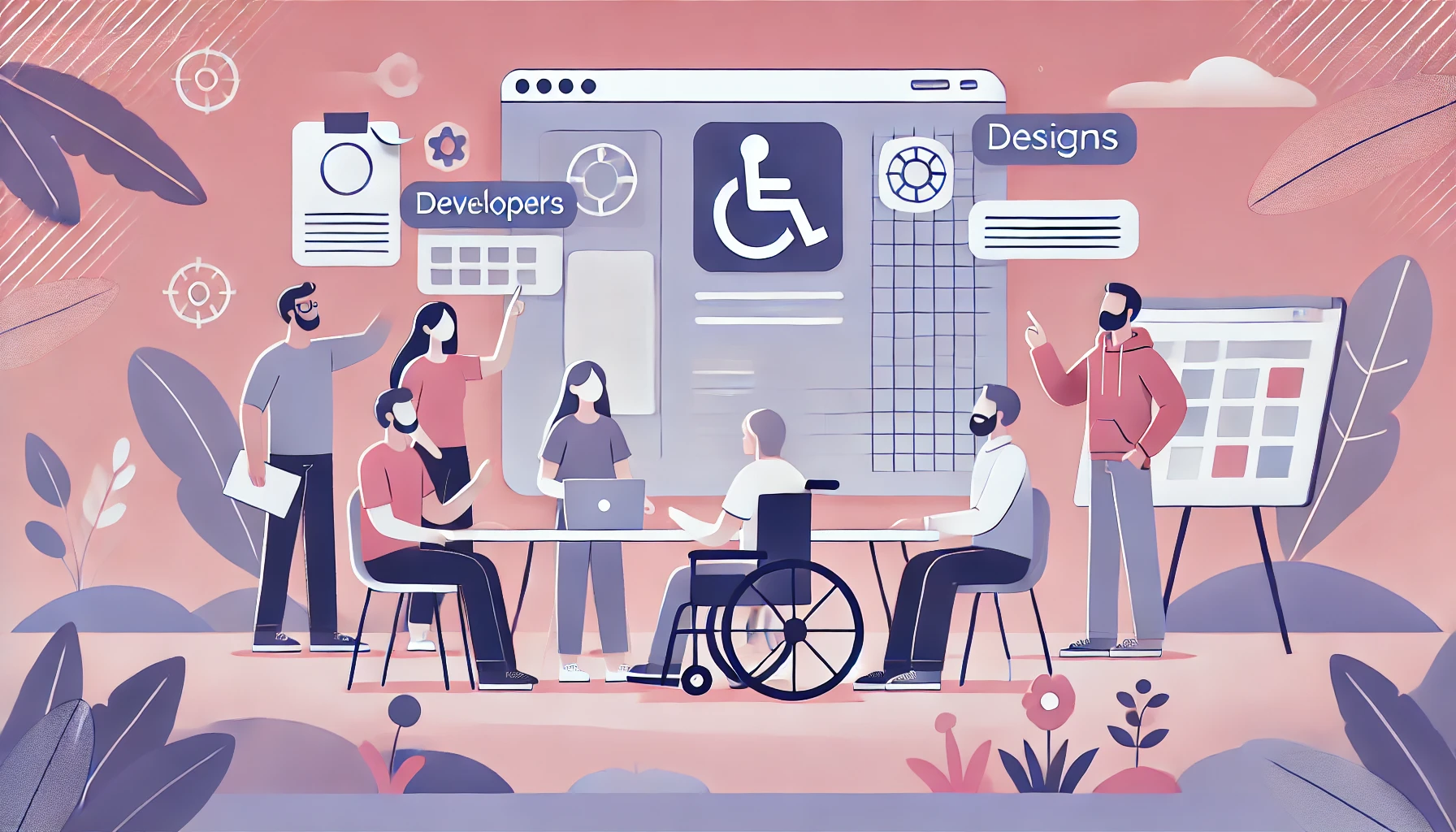
Remember when jQuery was revolutionary? When responsive design was the next big thing? 2025 feels like a reset button for front-end development – what worked five years ago won’t cut it anymore. As AI co-pilots write more of our code and build systems that compile faster than we can save our files, one question emerges: what does it mean to be a front-end developer in this new era? Let’s explore the trends revamping our profession and how you can stay ahead of the curve.
AI-Powered Development Tools Go Mainstream
Artificial Intelligence has transitioned from novelty to necessity in the front-end workflow. Tools like GitHub Copilot and Google’s new AI coding assistant, Jules, now serve as intelligent pair programmers. They can write boilerplate code, suggest completions, and even debug entire blocks of logic.
According to some reports, Copilot already accounts for up to 46% of code written by developers in supported environments. Jules, Google’s AI agent, is specifically designed to assist with debugging, completing tasks, and generating code suggestions in IDEs like VS Code and JetBrains.
AI tools are reshaping productivity but not replacing human creativity. Developers are still responsible for architecture, critical thinking, and user empathy – skills machines can’t replicate (yet).
WebAssembly (Wasm) Unlocks Native-like Performance
WebAssembly has come of age. Initially introduced to enable high-performance code execution in browsers, Wasm is now central to running CPU-heavy tasks like 3D rendering, real-time video editing, or AI model inference right in the browser.
In 2025, Wasm is helping front-end teams decouple from JavaScript limitations, enabling apps written in Rust, C++, or even Go to run on the client-side securely and efficiently. It’s a game-changer for industries that require speed and precision, like gaming, media, and finance.
Progressive Web Apps (PWAs) Are the New Standard

PWAs have matured into first-class citizens of the web. With enhanced browser support and deep OS integration, PWAs offer native-like functionality: offline access, push notifications, background sync, and installability.
Major brands – Twitter, Starbucks, and Pinterest – have already reported significant user engagement improvements after adopting PWAs. As mobile usage dominates and app fatigue sets in, more companies are opting for web-first strategies powered by PWAs
Low-Code/No-Code Platforms Redefine Development Roles

Low-code and no-code tools like Webflow, Bubble, and Framer are no longer just prototyping solutions. They are production-ready platforms empowering designers, marketers, and entrepreneurs to build and deploy experiences without writing traditional code.
This shift frees developers to focus on complex integrations, performance tuning, and custom logic. Instead of threatening developer jobs, no-code tools are expanding the ecosystem by enabling non-technical teams to contribute meaningfully.
Performance Optimization Remains a Core Priority

In a world of instant gratification, speed kills – or saves – your app. Core Web Vitals are now fully embedded into Google’s search algorithm, making performance a critical SEO ranking factor.
Frameworks like Qwik, Astro, and SvelteKit prioritize partial hydration and server-side rendering (SSR), reducing JavaScript bundles and speeding up time-to-interactive. Tools like Chrome’s Lighthouse and Vercel Analytics offer real-time performance diagnostics to fine-tune experiences.
AI-Driven User Interfaces Become the Norm
Beyond code generation, AI is reshaping UI/UX itself. From personalized content to intelligent navigation, AI models are now integrated into front-end logic to enhance user journeys.
Examples include:
- Predictive search suggestions powered by LLMs.
- Adaptive layouts based on user behavior.
- AI-generated microcopy for tooltips and forms.
This shift demands a new skill set from developers: understanding data pipelines, user psychology, and ethical implications of personalization.
The Front-End Job Market Is Thriving

Despite AI and no-code fears, the demand for skilled front-end developers remains strong. The U.S. Bureau of Labor Statistics projects 8% job growth for web developers and digital designers between 2023 and 2033, faster than average across all industries.
Hiring trends show increasing interest in hybrid skill sets: React + AI experience, CSS mastery + performance optimization, or even full-stack fluency with front-end leanings.
JavaScript Frameworks Evolve Towards Leaner Architectures
While React remains dominant, its challengers are rapidly innovating. Svelte, Qwik, SolidJS, and Preact all emphasize faster load times, minimal runtime, and better DX (developer experience).
2025 sees more teams exploring:
- Partial hydration: Render only what’s needed on initial load.
- Fine-grained reactivity: More efficient updates and data-binding.
- Compile-time optimization: Reduce bundle sizes and runtime computation.
Choosing the right framework is increasingly about context – project needs, team size, and long-term maintainability.
Accessibility and Inclusive Design Get Serious
With growing legal pressure (ADA, WCAG 2.2) and social awareness, accessibility is no longer optional. From keyboard navigation to color contrast to ARIA roles, inclusivity is built into every stage of design and development.
Front-end developers in 2025 are expected to:
- Audit sites with tools like axe-core and Lighthouse.
- Use semantic HTML over div soup.
- Test with screen readers and assistive technologies.
Designing for all users isn’t just ethical, it’s smart business.
Micro-Frontends Support Scalable Teams
Inspired by microservices, micro-frontends allow teams to develop, test, and deploy features independently. Each micro-frontend can use its own framework, tech stack, and release cycle.
In 2025, enterprises are using micro-frontend architectures to:
- Scale teams without merge hell.
- Isolate features for rapid experimentation.
- Reduce monolith risk and simplify debugging.
However, this approach also requires careful orchestration to avoid bloated dependencies and inconsistent UX.
Conclusion

Front-end development in 2025 is smarter, faster, and more collaborative than ever. With AI as a coding companion, performance as a business driver, and accessibility as a mandate, developers are no longer just building pages, they’re shaping intelligent, ethical, and high-performing digital ecosystems.The key to staying ahead? Embrace lifelong learning, prioritize user-centric design, and remain curious about what’s next.
Also read: Figma Config 2025: What Developers Really Need to Know







